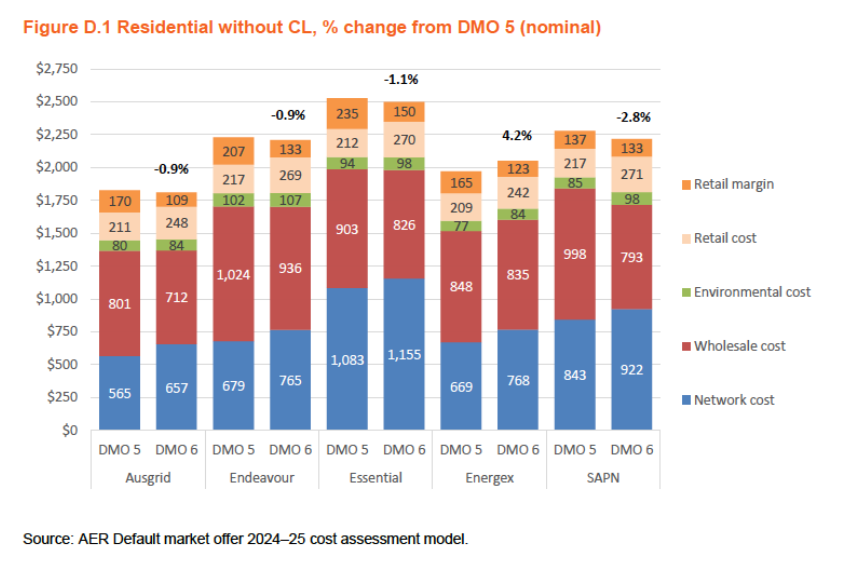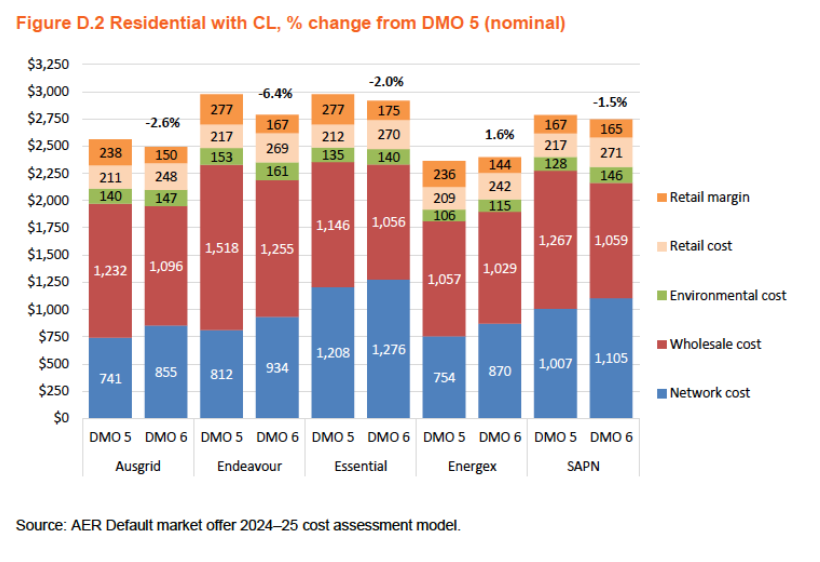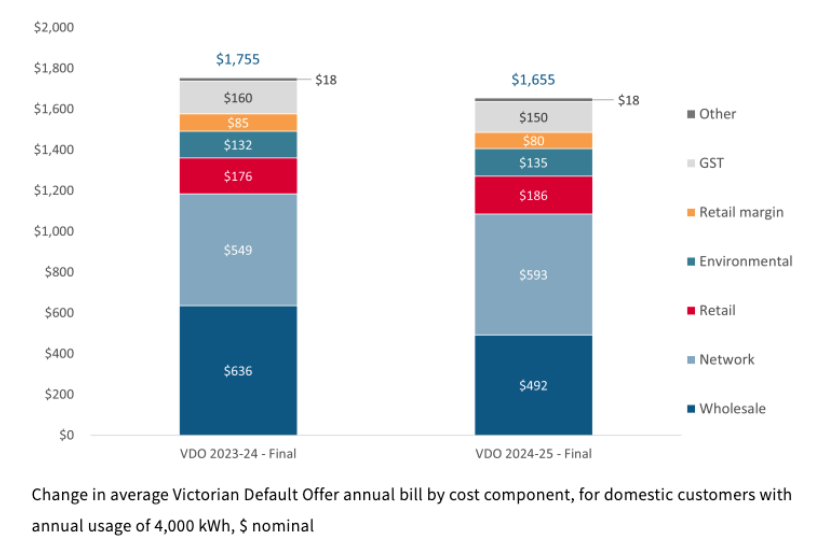
Sign up today
Make the switch to cheaper, cleaner, fairer power. Discover your prices.
My Account
Track your usage and spend, pay your bill, tell us you’re moving, and more.

Every year, we update our prices to reflect the changes in wholesale, network, retail, and environmental costs that make up your tariff, which affects what you pay for energy
Energy Regulators also update their Default Offers at this time of year. These are safety net offers designed to protect people who don’t shop around. They also act as a benchmark so you can compare plans more easily.
Good news for most regions! We’re lowering usage rates in response to these adjustments—a change we’re excited to share. On top of this, Australian households are set to benefit from a $300 National Energy Rebate from the Government, aimed at easing cost-of-living pressures.
However, for those in south east Queensland, rates have mostly increased due to rising network costs surpassing the reductions in wholesale prices. To offset this, the Queensland Government is adding a $1,000 rebate, in addition to the National Energy Rebate, to household energy bills.
Let’s break down the main components involved in energy prices and what’s changed for 2024/25 :
Wholesale energy: This is the electricity we buy from generators to power your property. It’s the biggest slice of your energy cost pie. Finally, after years of increases, the cost of wholesale energy eased up a little, bringing some much-needed price relief. The recent volatility is precisely why we’re so passionate about boosting renewable energy. Renewables aren’t just planet-friendly: they can help provide stability to wholesale prices as generation is spread over many smaller units, whereas a single, very large coal power station can cause a big price shock if it runs into reliability problems or announces it’s closing.
Distribution & network: We pay local network service providers to keep power flowing through the poles and wires to your home. These costs vary depending on where you live and how many upgrades are needed. This year, due to higher inflation, these costs have mostly gone up, offsetting some of the savings from lower wholesale costs.
Interestingly, the three NSW electricity distribution companies – which are wholly or majority owned by the NSW Government – are increasing their residential network tariffs by around 6% in the Essential region and by around 13-16% in the Ausgrid and Endeavour regions. Small business network prices are increasing by around 12% to 19%.
The network company owned by the Queensland government is raising its power distribution rates by around 15% for both residential customers and small businesses.
Together, distribution and wholesale costs make up the bulk of an average electricity bill.
Solar: Got solar panels? The power you send back to the grid is directly linked to wholesale prices. It’s fair to say we’re not fans of rules or disincentives that get in the way of accelerating the roll-out of local renewable power – but when wholesale prices dip, like this year, the value of your solar power unfortunately drops too, and vice versa. We’re also seeing that the price of wholesale power during the day, which is when most spare solar PV is exported, is often very low or even negative. That means we don’t get as much value as we used to from putting power back into the grid.
Environmental: As energy providers, we must comply with various government environmental schemes aimed at boosting renewable energy. This year, these costs have seen a slight uptick.
Retail and other costs: These make up a smaller component of energy costs, and have gone up due to the rising expense of managing bad debts as well as increased requirements to roll out smart meters.
Our Aussie-based team has worked hard to reduce your costs as much as possible, ensuring you continue getting the fairest rates.
Australian households are set to benefit from a $300 rebate and eligible small businesses will receive $325 from the Government to ease cost-of-living pressures. These rebates will be distributed in four quarterly instalments starting from 1 July 2024. As an Energy Locals member, you don’t have to lift a finger – we’ll automatically apply these rebates to your bills as long as you’re with us.
On top of the National Government rebate the Queensland Government is providing an additional $1,000 cost-of-living rebate to household energy bills. This will be credited as a single lump sum starting from 1 July 2024, and we’ll also automatically add this to your account while you’re with us.
At Energy Locals, we’re thrilled to see Australians receiving a bit of financial relief.
If you’re after more detail, these are the year-on-year cost movements in the default offers which are set by the Australian Energy Regulator outside Victoria, and the Essential Services Commission in Vic:



Sources for the above charts: https://www.aer.gov.au/documents/aer-final-determination-default-market-offer-prices-2024-25-23-may-2024


Thank you for being part of our journey towards a fairer energy future.
Adrian
Founder, Energy Locals